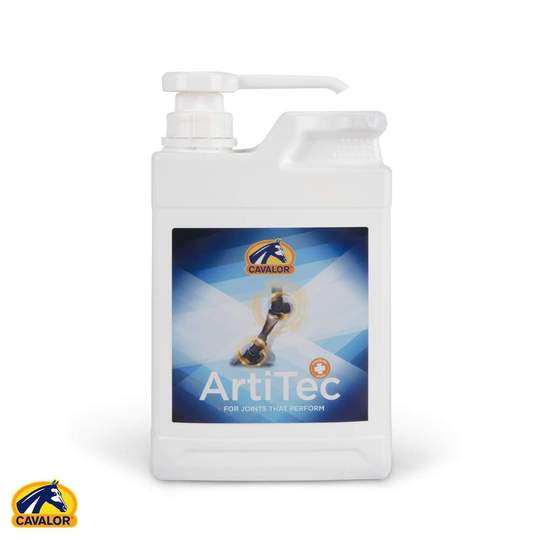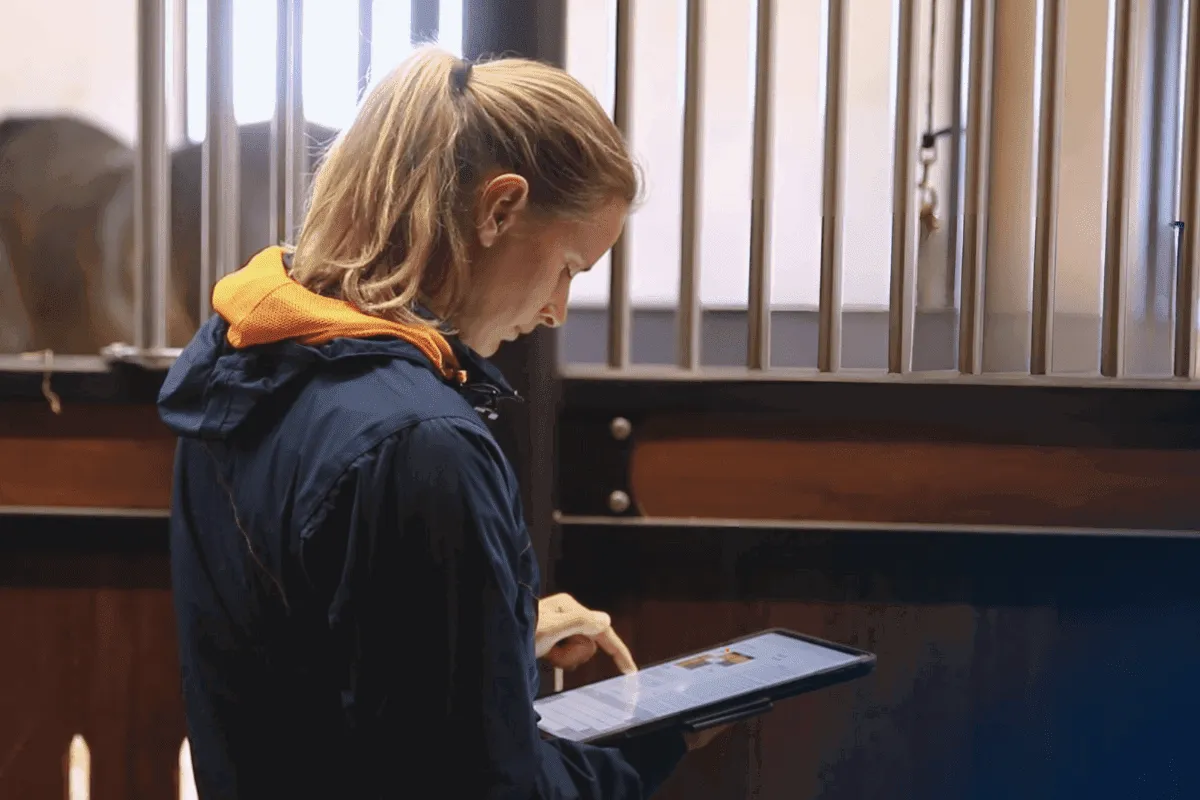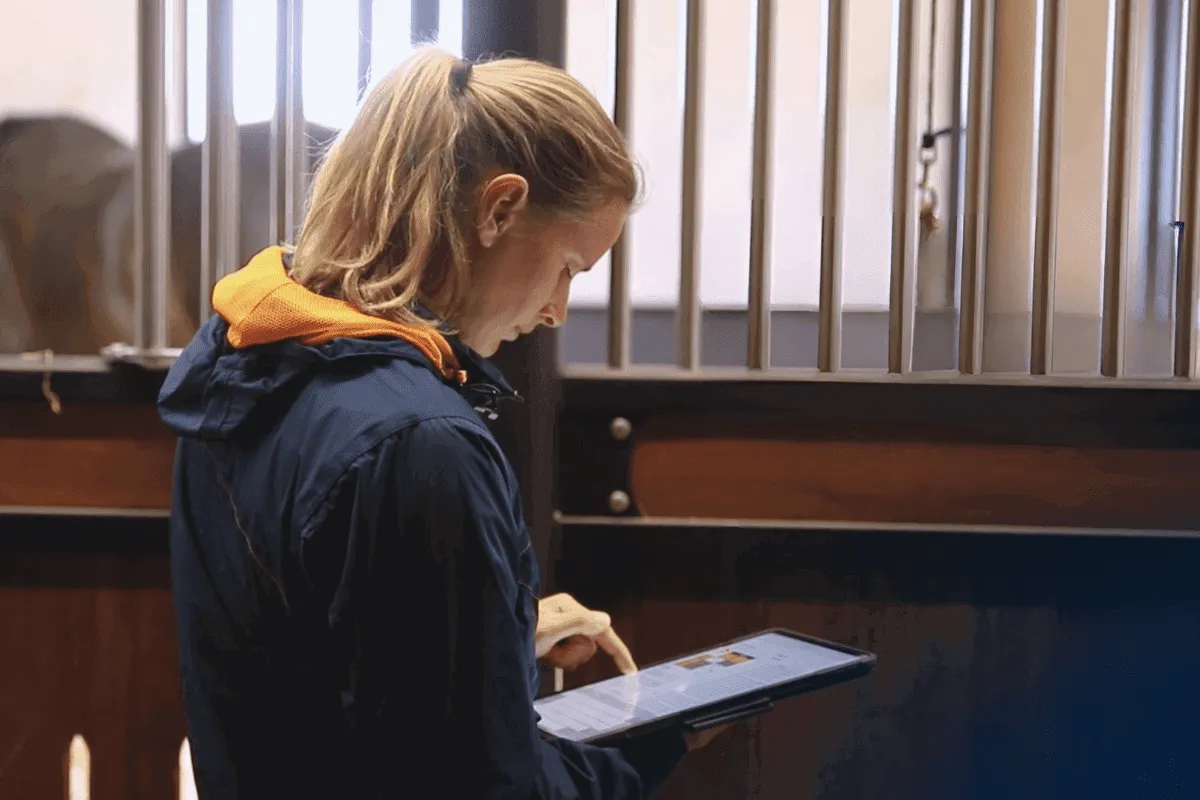What sets Cavalor Artitec ahead of the pack?
Joint supplements – the market is awash with them and rightly so as they account for around 20% of all supplements sold.
For years prevention and treatment of joint injury has been top of the list for top sport and amateur competition riders alike and many companies work very hard to persuade you that their product is the best.
Now the problem is that there is not much hard science behind many of them.
Chondroitin (and its side kick Glucosamine) have been used both in humans and animals as a “treatment” for OsteoArthritis (OA) however latterly a 2015 Cochrane review of clinical trials found that most were of low quality. It did also find that there was evidence of short-term improvement in pain BUT no evidence to suggest it either improves nor maintains the health of affected joints.
This last bit is important, as supplements containing just those components are NOT going to help maintain the health of your horses joints.
Much of the information from scientific trials in other species are drawn from in the development of new products for our horses, and Cavalor is at the very forefront of this research.
Cavalor ArtiTec is the 4th generation of such products, 7 years in development.
To draw a balance between presenting information and not just reeling off pages of technical data is a difficult one – I will try my best.
Scientists amongst you please don’t slate me if I over simplify – I can go into excruciating detail on this as my final dissertation was in fact on the theoretical molecular modelling of RA in humans – but for most of the world I will keep it simple.
Background
Over 20 years ago Cavalor developed a product called Cavalor XA-10.
This was one of the first joint supplements on the market in Europe, for horses and was based on Hydrozy Appatite.
Rejoin came next in 1999 and had added Glucosamine, Chondroitine and MSM. Some additional ingredients such as Omega 3 and Colostrum were included for anti-inflammatory action and the introduction of blood thinning components.
Many top equine athletes such as Ratina Z competed their whole lives on this and later Artimatrix
Artimatrix is the 3rd generation product launched in 2006 and included stronger anti-inflammatory agents and Hyaluronic Acid.
Synergy – components working together
Supplements with multiple active agents are best. Synergy describes the positive interactions of these components.
Products with just one active ingredient (or others in such low quantities they are just there for the label) are not really much use.
The problem is that to define the best balance and composition takes time and is complicated – and hence the long development period for such a product.
Modes of Action for Cavalor ArtiTec
- Reduce inflammation
- Provide a strong anti-oxidant action
- Prevent further damage
- Increase blood flow to the joints
- provide nutrients for the production of synovial fluid
The latter is a key one to remember as 90% of the supplements on the market only provide for this.
A Seven Year Project
Reducing Inflammation
As previously mentioned, this latest generation product has been over 7 years in development.
In 2009 the first research began in conjunction with PEI university in Canada on a group of 40 male rats. (8 groups of 5)
Different products:
- ArtiMatrix
- Free Bute
- Phenylbutazone
- Celebrex
- Dexamethasone
were given to these rats, in groups. The first dose was given 1 hour before the introduction of substance (CFA) that induces inflammation. CFA was injected in a single dose in the hind paw of the rats.
The swelling of this paw was measured on day 0 (before CFA), day1, day 5, day14 and day 18.
The data from this experiment is presented below – the higher the % inhibition of swelling the more effective the compound is in preventing inflammation.
|
Dose (mg/kg) |
% Inhibition |
|
|
Asprin |
150 |
36 |
|
Bute |
30 |
23 |
|
Celebrex |
10 |
23 |
|
Naproxen |
30 |
36 |
|
Artimatrix Final |
250 |
18 |
|
Freebute Final |
250 |
27 |
Now Freebute is another product from the Cavalor range – its purpose is pretty self explanatory from the name. You can see from the results that its effectiveness in this trial is right up there with pharmaceutical agents – that are banned under FEI competition rules.
Testing effectiveness on OA – using a laboratory model
Science has developed an inducible model for the testing of efficacy of agents in the treatment of OA. The so called MIA model involves the introduction of a chemical agent Mono-iodoacetate (MIA) into a joint to mimic the effects of OA.
Using this method it is possible to test nutri- and pharmaceutical agents.
In this study animals received MIA in the intra-patellar ligament of the left hind limb. They underwent behavioural testing on T0, 14, 21 and 28 days.
The common Glucosamine-Chondriotine mix of many joint formulations was tested against the more complex and existing Cavalor Arti Matrix product.
The reference point for this was pain associated with the specific joint assessed through behaviour.
You can see from the graph below, that the Arti Matrix actually has a very important increase effect from day 14 – and shows considerable benefit from Day 21 over the traditional Gluc- chondr supplement which is in fast decline in terms of efficacy by Day 21.




